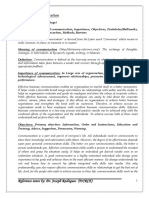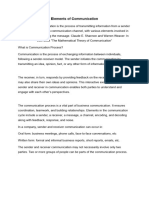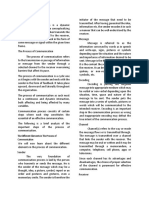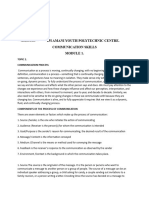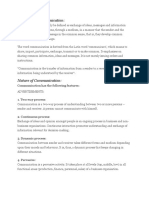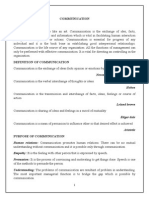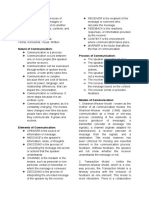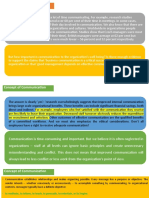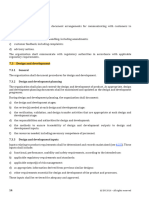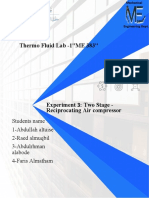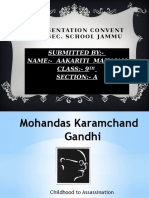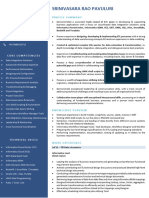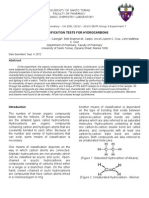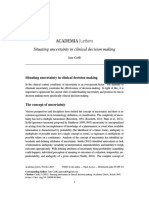0% found this document useful (0 votes)
16 views8 pagesChapter One & Two
The document provides an overview of communication, defining it as a two-way process essential for effective interaction in organizations and personal life. It outlines the significance of communication in management, detailing the elements of the communication process, including sender, message, channel, receiver, feedback, environment, and noise. Additionally, it discusses barriers to communication that can hinder effective message transmission, such as semantics, motivation, source credibility, and organizational culture.
Uploaded by
Muluken AschaleCopyright
© © All Rights Reserved
We take content rights seriously. If you suspect this is your content, claim it here.
Available Formats
Download as DOCX, PDF, TXT or read online on Scribd
0% found this document useful (0 votes)
16 views8 pagesChapter One & Two
The document provides an overview of communication, defining it as a two-way process essential for effective interaction in organizations and personal life. It outlines the significance of communication in management, detailing the elements of the communication process, including sender, message, channel, receiver, feedback, environment, and noise. Additionally, it discusses barriers to communication that can hinder effective message transmission, such as semantics, motivation, source credibility, and organizational culture.
Uploaded by
Muluken AschaleCopyright
© © All Rights Reserved
We take content rights seriously. If you suspect this is your content, claim it here.
Available Formats
Download as DOCX, PDF, TXT or read online on Scribd
/ 8



